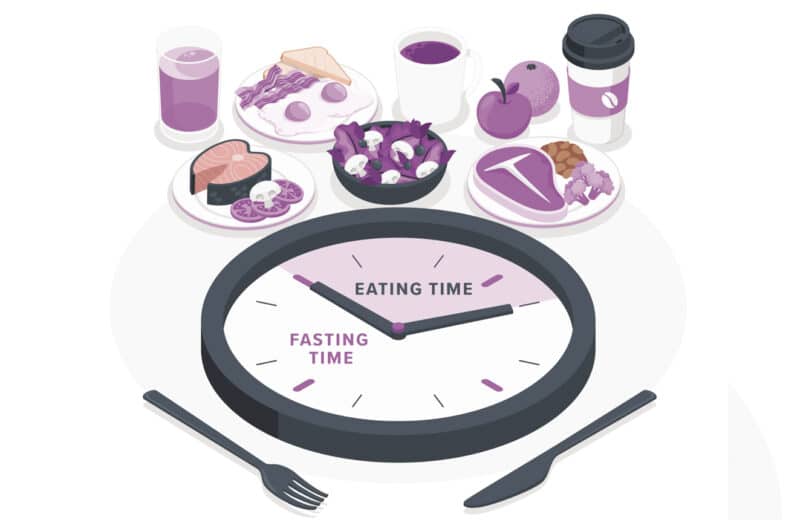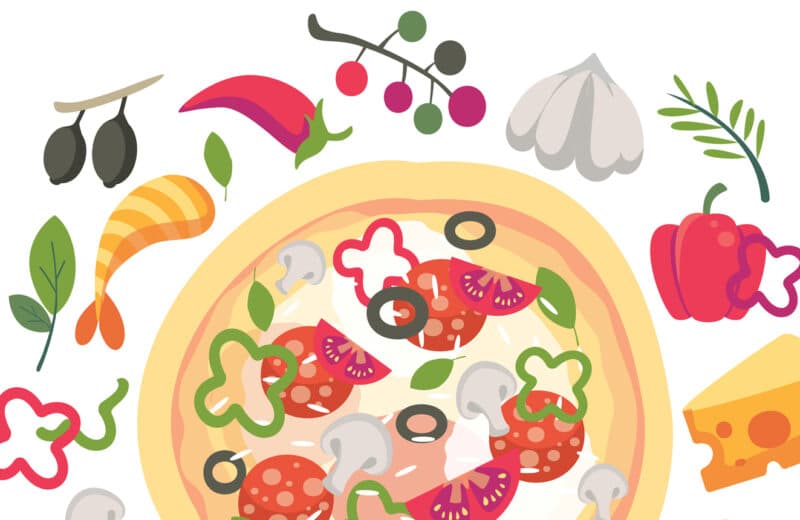By Donna Shryer
From spring’s first warm breeze through summer’s last blast of hot, hair-frizzing humidity, Chicago’s 77 communities serve up one food fest after another. Taste sensations drenched in fat, salt, sugar and calories may pump up your taste buds, but they weigh down your heart muscle and increase your risk for cardiovascular disease.
But wait! There’s hope. In addition to the street fests that fried foods call home, the season’s farmer’s markets are aplenty and celebrate your heart’s every desire with ingredients that drive smart strategies for optimal heart health.
Scaled to Perfection
Excessive weight affects more than your pants size. It also stresses the heart muscle, making it tough to pump blood through extra body mass and fat-clogged blood vessels.
“When any organ is overworked long enough, it struggles,” says Julie Feldman, MPH, RD, author of Grocery Makeover: Small Changes for Big Results. If you’re overweight, a heart-healthy diet begins by reducing calorie intake, and naturally low-cal fresh fruits and vegetables deliver a tasty way to promote weight loss.
Increase your menu of low-calorie, nutrient-rich foods by flip-flopping ratios. Build from a big pile of sautéed veggies (cooked in a vegetable oil, please, and add half a cup of pasta in the middle with a sprinkle of low-fat cheese.
“The idea is to use your higher calorie foods like a condiment or topping,” Feldman says.
Color Me Healthy
Fruits and vegetables are high in vitamins, minerals and fiber, and low in fat, sodium and calories. With the recommended daily servings—about 2 cups of fruit and 2 1/2 cups of vegetables—these nutritious dynamos help control your weight and blood pressure, another serious condition that significantly increases risk for heart disease.
The key, stresses Teresa Hall, RD, LDN, AFAA, owner of Chicago-based The Hall of Health, is making colorful choices. “Fruits and vegetables get their color from nutrients, so a rainbow on your plate means a wide variety of vitamins, minerals and phytochemicals” she says.
Hall stresses that there is no one magic food for heart health. “It’s the synergy between every nutrient we eat that makes us healthier.”
If you pair an apple, which has the anti-inflammatory quercetin that may protect against heart attacks, with a drizzle of dark chocolate, which delivers the antioxidant catechin that helps protect against hardening of the arteries, the nutritional synergy doubles your heart-healthy benefits.
Season’s Greetings
The American Heart Association (AHA) recommends consuming less than 1,500 milligrams (mg) of salt daily. The average American, however, consumes about 3,400 mg daily—an easy achievement, considering that one pickle delivers around 1,000 mg of sodium. When sodium levels get too high, the body regulates matters by drawing fluid from the tissues into the blood, which increases blood volume and in turn, raises the pressure against blood vessel walls—a.k.a. high blood pressure.
One quick fix is cutting back on processed and canned foods—all typically loaded with salt. Now replace those salty heart-stoppers with fruits and vegetables. An abbreviated list of fresh wonders, all under 5 mg of sodium per serving, includes: apples, asparagus, avocado, bananas, green beans, most berries, corn, eggplant, lettuce, oranges, summer squashes and watermelon.
At the farmer’s market, sniff out fragrant bouquets of fresh summer herbs, like basil, thyme, parsley or dill. “It’s easier to push away the salt shaker when vegetables smell and taste like your favorite herb,” Hall says.
Make A Clean Break
Dietary fiber falls under the category of carbohydrates, and there are two kinds of healthy carbs that the heart yearns for. Soluble fiber helps lower low-density lipoprotein (LDL) cholesterol levels (the bad stuff) that can clog arteries and increase risk for heart disease.
“This fiber gets into our small intestine and acts like a cleaning crew—grabbing onto bad cholesterol and eliminating it from your body,” Feldman says. In addition to fruits and vegetables, soluble fiber sources include oat, corn and rice bran.
Insoluble fiber, from cereals, whole-grain breads, rice, and pasta, slow down the digestion process, which helps regulate blood sugar levels and keeps you feeling full longer—a big plus when trying to reach a heart-healthy weight.
Returning to food synergy, Feldman recommends blending dietary fiber with lean protein. “The combo boosts fiber’s benefits, further reducing hunger pangs and maybe decreasing visits to the vending machine.”
Meat of the Matter
The body needs protein to create and maintain tissue; build enzymes and hormones; and fight infection. But not every protein helps. Your healthy proteins include skim milk, lean meats and poultry, unsalted nuts, soy and legumes. Your heart-taxing proteins include many fatty animal-based foods, especially red meat. Too much high-fat protein raises LDL levels and lowers high-density lipoprotein (HDL) levels, which is the opposite of what you want, says Feldman.
“LDL cholesterol is sticky and causes plaque formation, which clogs arteries and makes the heart pump too hard. HDL cholesterol acts like a vacuum cleaner, opening up arteries and veins.” Legumes, available by the bushel basket at your farmer’s market, include beans, peas and lentils. This mighty vegetable group delivers around 16 grams of protein per cup but is also low fat, low sodium, high fiber, cholesterol free, loaded with heart-healthy nutrients and inexpensive to boot.
Pie in the Sky
There are four dietary fats in our food. Saturated fats and trans fats tend to be solid at room temperature like butter. And these bad boys raise your LDL level, pack on the pounds and deliver no nutrients. The AHA recommends less than 7 percent of your daily calories from saturated fat and less than 1 percent from trans fat, with zero preferred.
Monounsaturated and polyunsaturated fats are the good guys since they help lower LDL levels. However, they’re recommended in moderation, with around 25 percent of your daily calories from healthy fats. These fats can be liquid, as in vegetable oils; plant-based solids, like unsalted [raw] nuts, seeds, olives and avocados; or fish based, especially salmon, trout and herring.
Berries are often touted as heart-smart superfoods, but it’s important to remember that healthy foods lose their powers when combined with bad fat. As Feldman puts it, “You can’t bake a blueberry pie and call it heart healthy.
Hall brings up one final tip that empowers every heart-healthy menu, and that’s physical activity. “It’s not about one fragmented vitamin or isolated food. It’s the totality of your diet along with lifestyle choices and exercise.” In fact, the AHA reports that only 30 minutes of daily exercise can reduce risk for heart disease. So the next time you visit a local farmer’s market, walk every aisle and the full perimeter—twice. Your heart will thank you.











